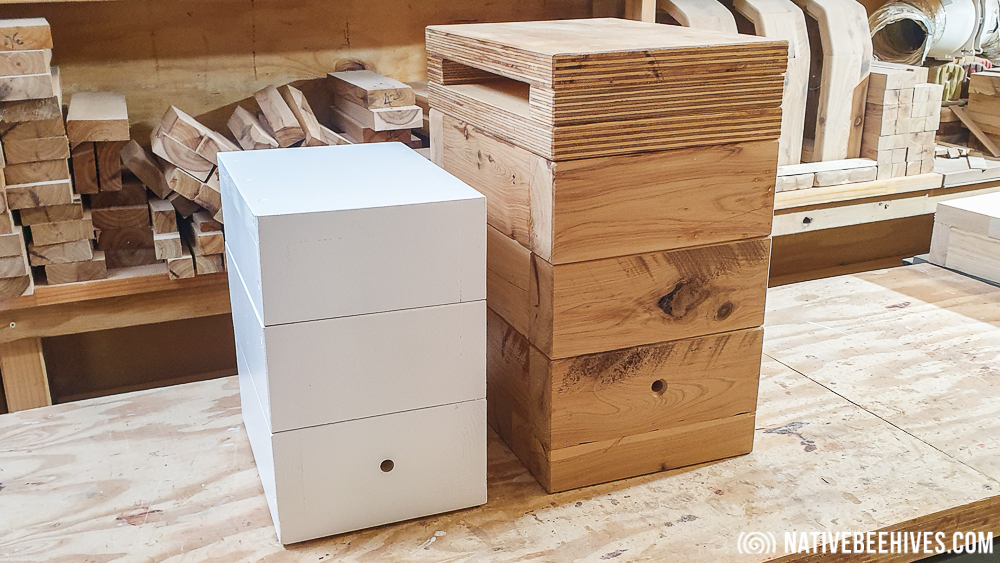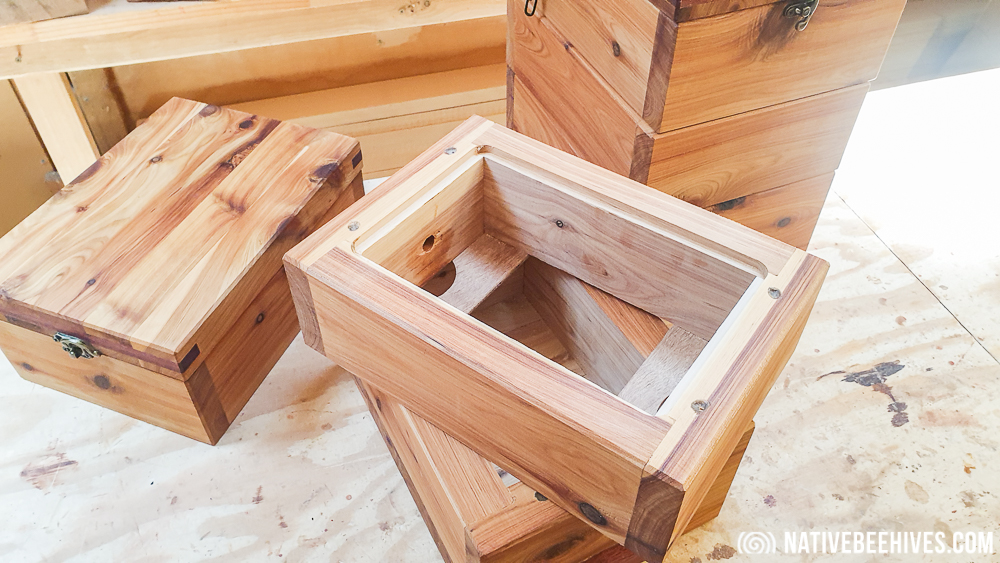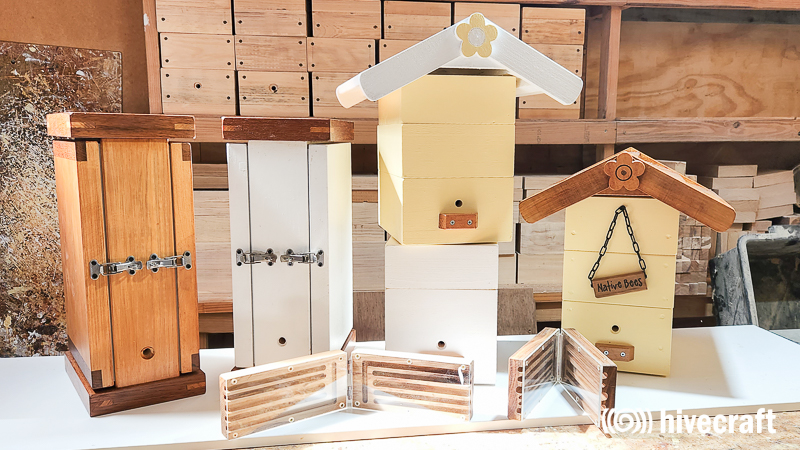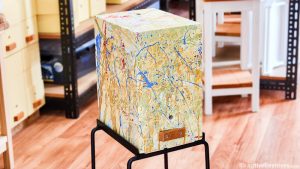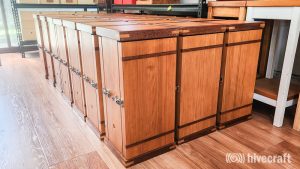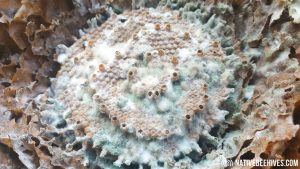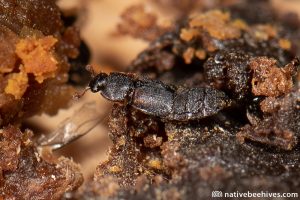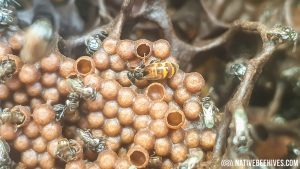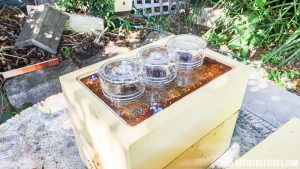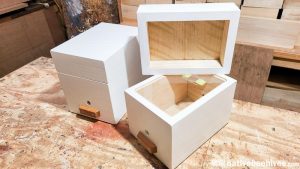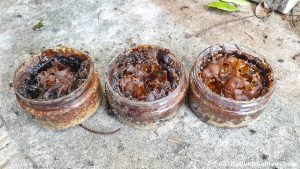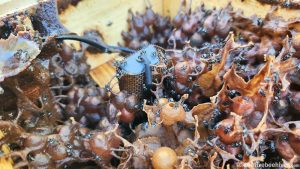Cypress is a very popular wood for making native bee boxes because it’s cheap and the boxes look good when freshly made.
There are a few things to be aware of for the maker and buyer, especially for the buyer.
I’m not against Cypress! .. I really like it and have been using it for many years and will continue to but I see some issues with boxes that could be reduced or avoided.
Cypress is not kiln dried
Cypress boxes should be finished and let season for months before selling, the longer the better. This is completely ignored by some sellers.
It’s very unlikely you will be buying kiln dried Cypress. The timber is grown in plantations in Queensland and is likely to be freshly cut not long before you’ve bought it. It will shrink and warp for many months and even after you think it’s ready and cut it to shorter lengths the tension in the wood changes and will continue to warp. This is a major challenge when making native bee boxes because you may have a great fitting box and now you’ve sold it to someone the three levels of frames twist and develop gaps in the mating surfaces. This is one of the reasons we see so many Cypress boxes with tape wrapped around them.
Thermal Properties
So far there’s no research or evidence to suggest a 50mm Cypress box out performs any other box.
Thickness is important with any bee box but very much so with Cypress. It’s fairly dense and the unpainted darker colour of the raw wood causes the box to get hot in the sun, so if you’re using a Cypress box it has to be thick to combat that heat, also adding a good roof, and I know no one will like this, but ideally they should be painted a light colour.
“But that will ruin the beautiful looking box” I hear you say, well.. read on….
Fading Looks
The box looks great when freshly made, like a piece of fancy furniture. You better get a photo because the looks wont last long. When placed outside in the sun Cypress will “silver” or go grey and possibly even black depending on the environment. This is perfectly ok if you’re happy with that, but it’s not what you had in mind when you bought it. The grey box could be sanded back and freshened up with some clear coat every year if you’re really keen but I doubt anyone would do that. After a few years you might get a bit “over it”, just give in and paint it white.
Below image: A standard design box on the left and a 50mm thick Cypress box right with the same internal volume.
Summer: I have tested and compared quite a few different kinds of boxes in the sun over the years and found a 35mm raw finish cypress box will get much hotter than a painted hoop pine box. The 50mm thickness of this cypress box helps combat that. It takes longer to warm up in the sun so by the time it’s getting warmer the sun is going down. The cypress held on the heat for longer at the end of the day so the release of heat was much slower than the hoop pine boxes. The “Tropical Lid” on the Cypress box really helps keep the heat down in Summer.
Winter: If we’re dealing with thick Cypress boxes like this, they should be in full sun over winter. If they’re in the shade the bee colony will struggle to keep the box warm.
